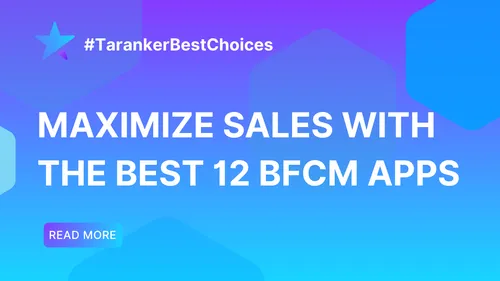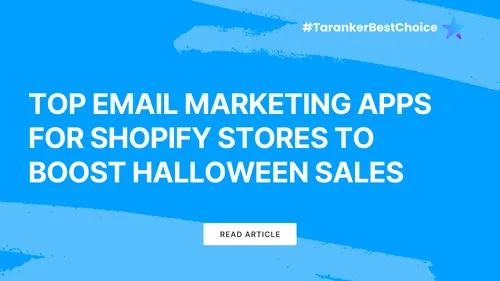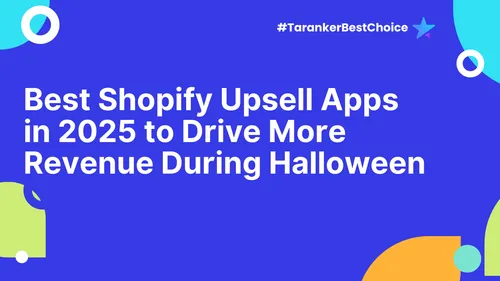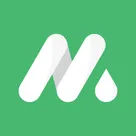Building Your Brand in the Print on Demand Market: A Step-by-Step Guide
In the highly competitive Print on Demand (POD) market, standing out requires more than just offering great products. A strong, recognizable brand is essential for building customer trust, creating loyalty, and driving consistent sales. Whether you're targeting a niche audience or selling a variety of products, branding plays a critical role in your success.
In this blog, we’ll walk you through the key steps to build and grow your brand in the POD market, helping you create a lasting impression on your audience.
1. Why Branding is Important in Print on Demand

Branding is more than just a logo or a name; it’s the overall perception your audience has of your business. It communicates who you are, what you stand for, and why customers should choose you over competitors.
Benefits of Strong Branding:
-
Differentiation: A unique brand helps you stand out in a crowded market.
-
Customer Trust: A professional and consistent brand builds credibility.
-
Loyalty and Retention: Memorable branding encourages repeat purchases.
-
Pricing Power: Customers are willing to pay more for products from a trusted brand.
2. Define Your Brand Identity

Start by clearly defining your brand identity. This will guide all your branding decisions and help maintain consistency across your business.
Key Elements of Brand Identity:
-
Mission and Values: What does your business stand for? Define your mission and the core values that set you apart.
-
Target Audience: Who are you trying to reach? Understand their preferences, values, and behaviors.
-
Brand Voice: How do you communicate with your audience? Decide on a tone that reflects your brand—professional, friendly, or quirky.
-
Visual Identity: This includes your logo, color scheme, typography, and overall aesthetic.
Example: If your POD business targets eco-conscious consumers, your branding might emphasize sustainability with earthy tones, minimalist design, and a mission focused on reducing environmental impact.
3. Choose a Memorable Brand Name and Logo

Your brand name and logo are the first things customers notice, so make them count.
Tips for Choosing a Brand Name:
-
Keep it simple, memorable, and easy to spell.
-
Reflect your niche or values (e.g., "Nature Threads" for eco-friendly apparel).
-
Check domain availability if you plan to create a website.
Creating a Logo:
-
Use design tools like Canva or hire a designer on platforms like Fiverr.
-
Keep it versatile—your logo should look great on products, websites, and social media.
-
Stick to your brand colors and ensure it aligns with your overall aesthetic.
4. Develop a Unique Selling Proposition (USP)

Your Unique Selling Proposition is what makes your brand different and better than competitors. A strong USP helps customers understand why they should choose your products.
How to Craft a Strong USP:
-
Highlight unique features, such as eco-friendly materials or exclusive designs.
-
Focus on the benefits your products offer, like comfort, durability, or personalization.
-
Solve a specific problem for your audience (e.g., offering stylish activewear for plus-size customers).
Example: “Our brand offers customizable T-shirts made from organic cotton, perfect for eco-conscious individuals who value style and sustainability.”
5. Build a Professional Online Presence

Your online presence is the digital face of your brand. Invest time in creating a polished and engaging experience for your audience.
Key Elements:
-
Website:
-
Choose an e-commerce platform like Shopify, Wix, or WooCommerce.
-
Use professional designs that reflect your brand’s aesthetic.
-
Include high-quality product images, detailed descriptions, and an easy checkout process.
-
Social Media:
-
Focus on platforms where your target audience spends time, such as Instagram, Pinterest, or TikTok.
-
Share a mix of product promotions, user-generated content, and behind-the-scenes updates.
-
Email Marketing:
-
Use branded templates for newsletters and promotions.
-
Engage customers with personalized offers and updates.
6. Create High-Quality Products and Designs

Your products are a direct reflection of your brand. Ensure they meet or exceed customer expectations in both quality and design.
Tips for Product Success:
-
Test multiple POD providers to ensure quality consistency.
-
Invest in unique, high-quality designs that resonate with your audience.
-
Order samples to evaluate print quality, packaging, and overall presentation.
7. Build Brand Consistency
Consistency is key to creating a recognizable brand. From your visuals to your messaging, everything should align with your brand identity.
How to Maintain Consistency:
-
Use the same logo, colors, and fonts across your website, social media, and packaging.
-
Develop a content calendar to ensure a consistent posting schedule on social media.
-
Train your team (if applicable) to communicate with customers in line with your brand voice.
8. Engage with Your Audience

Building a brand isn’t just about selling products—it’s about forming genuine connections with your audience.
How to Engage:
-
Respond to Comments: Interact with followers on social media to build relationships.
-
Encourage User-Generated Content: Ask customers to share photos of their purchases and tag your brand.
-
Host Giveaways: Run contests to increase brand visibility and reward loyal followers.
-
Gather Feedback: Use surveys or reviews to understand customer needs and improve your offerings.
9. Leverage Storytelling

A compelling brand story can create an emotional connection with your audience. Share your journey, mission, and values to give your brand a human touch.
What to Include in Your Story:
-
Why you started your business.
-
The values that drive your decisions.
-
How your products make a difference in customers’ lives.
Example: “We started our brand to empower women with body-positive activewear that blends style and comfort. Every purchase supports a local women’s shelter.”
10. Measure and Improve
Finally, monitor your branding efforts to see what’s working and what needs improvement.
Metrics to Track:
-
Website traffic and sales conversions.
-
Social media engagement (likes, comments, shares).
-
Customer feedback and reviews.
-
Email open and click-through rates.
Use analytics tools like Google Analytics or social media insights to refine your strategies.
Conclusion
Building a strong brand in the Print on Demand market takes time, effort, and consistency. By defining your identity, creating high-quality products, and engaging with your audience, you can establish a brand that resonates with customers and sets you apart from competitors.
Start today by crafting your unique story, designing products that reflect your values, and connecting with your audience on a deeper level. With a well-built brand, your POD business is poised for long-term success.
Ready to make your mark? Begin your branding journey now and transform your Print on Demand business into a memorable and profitable venture!













